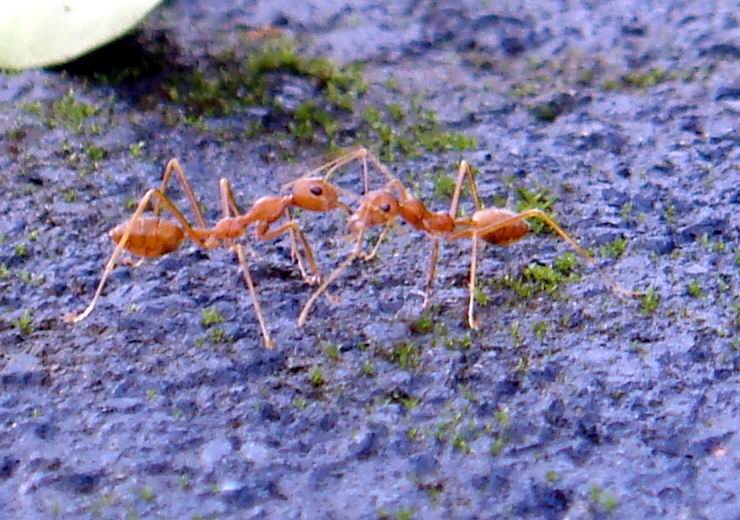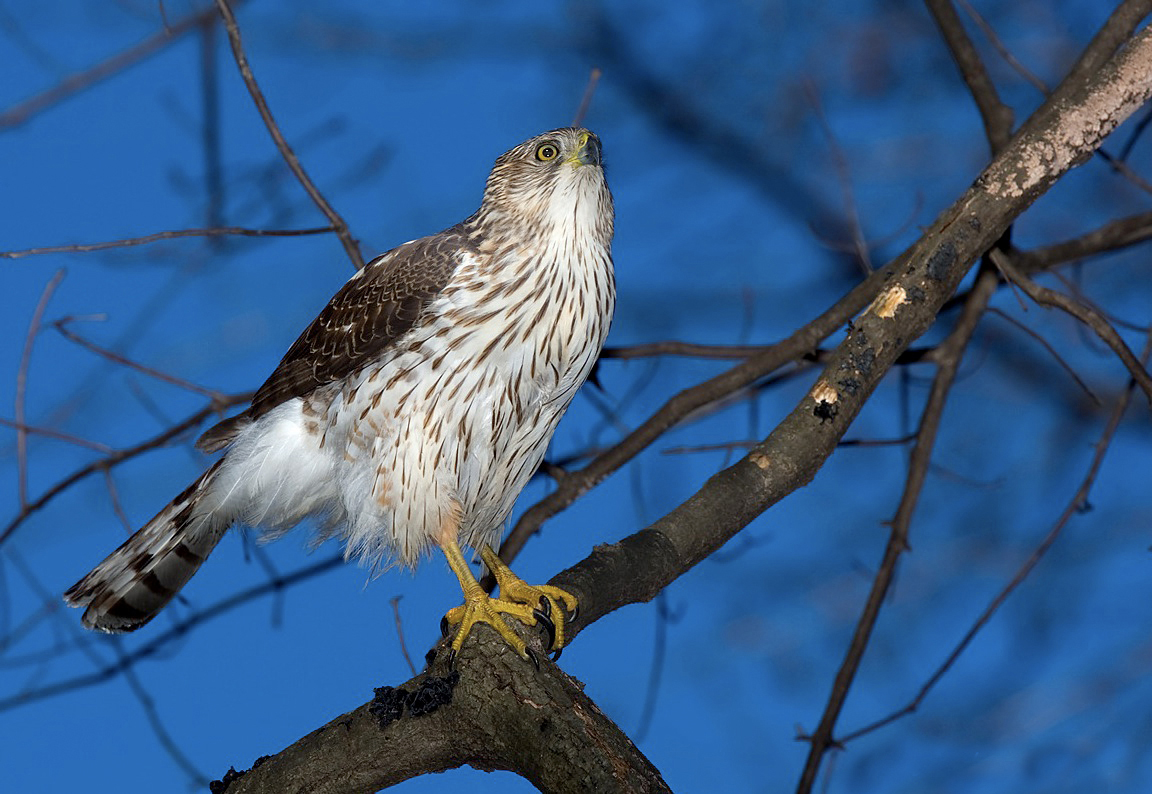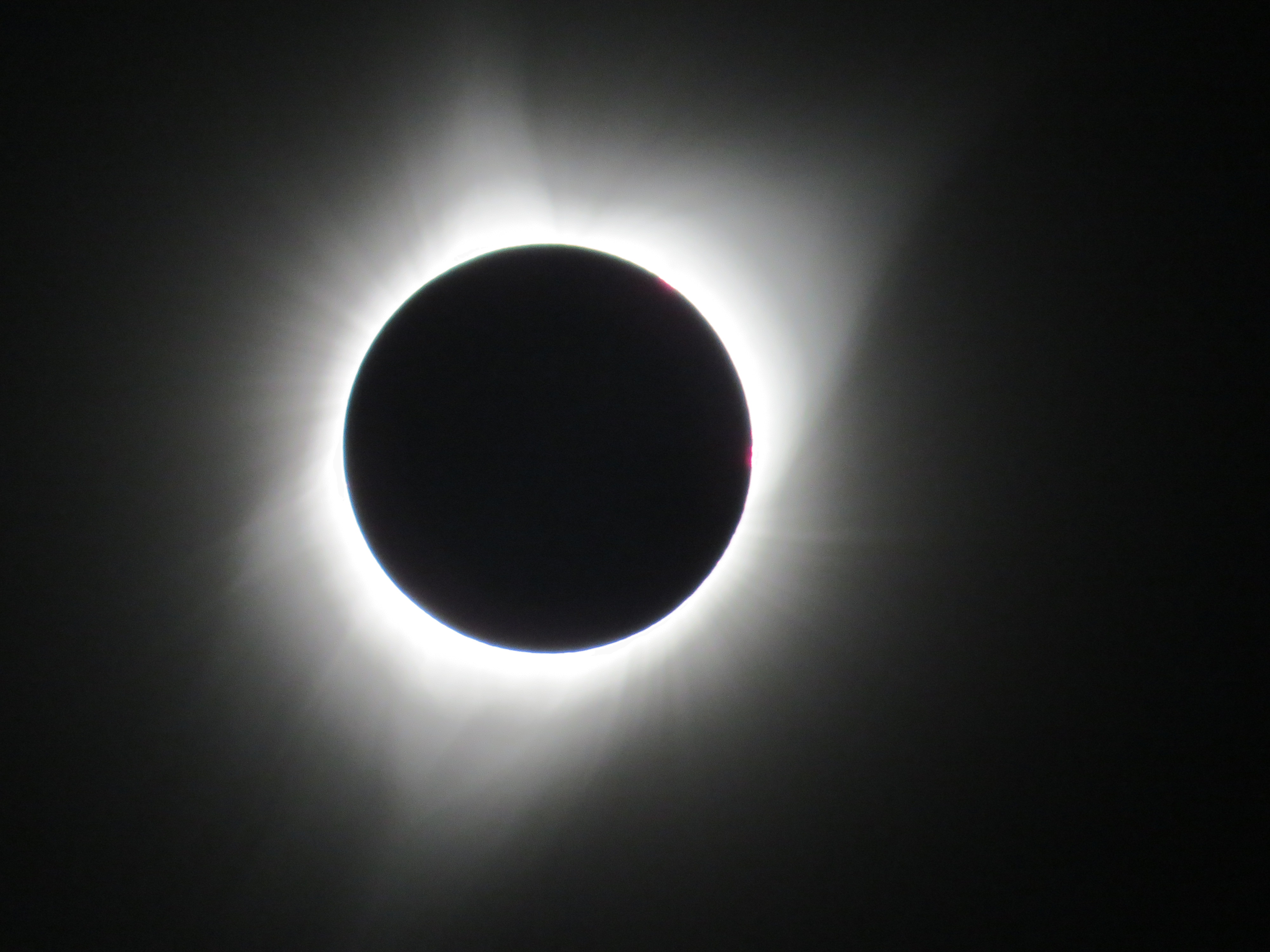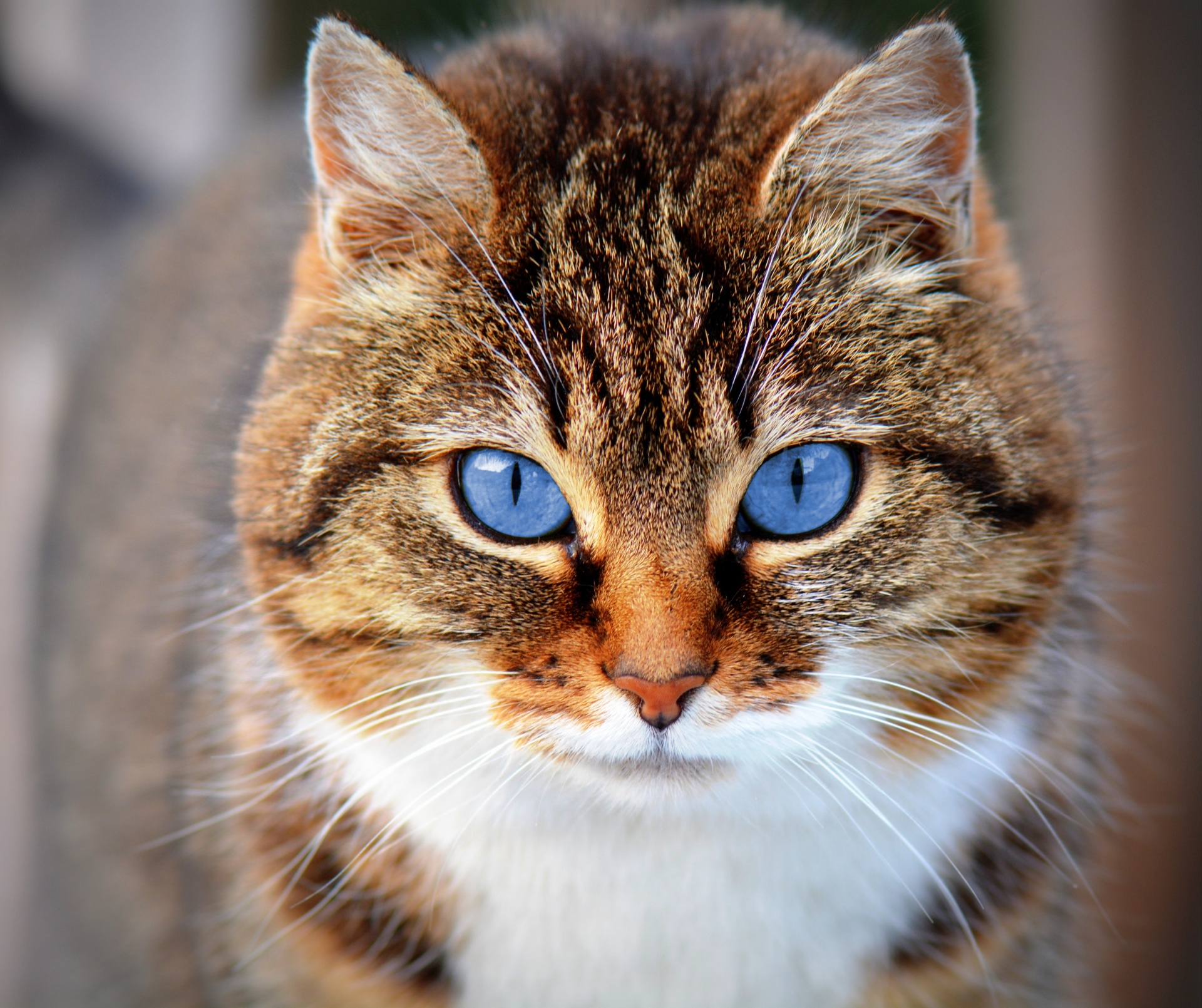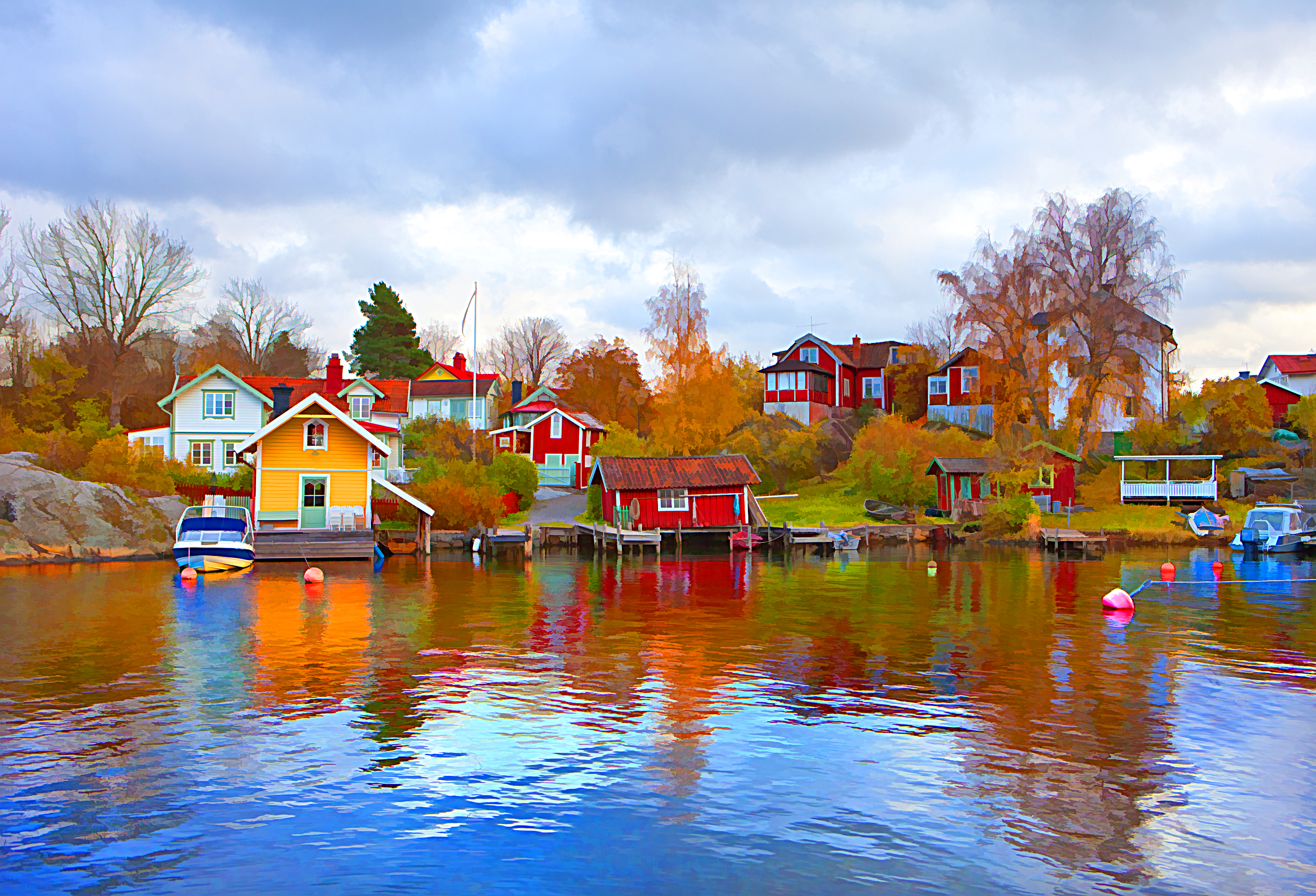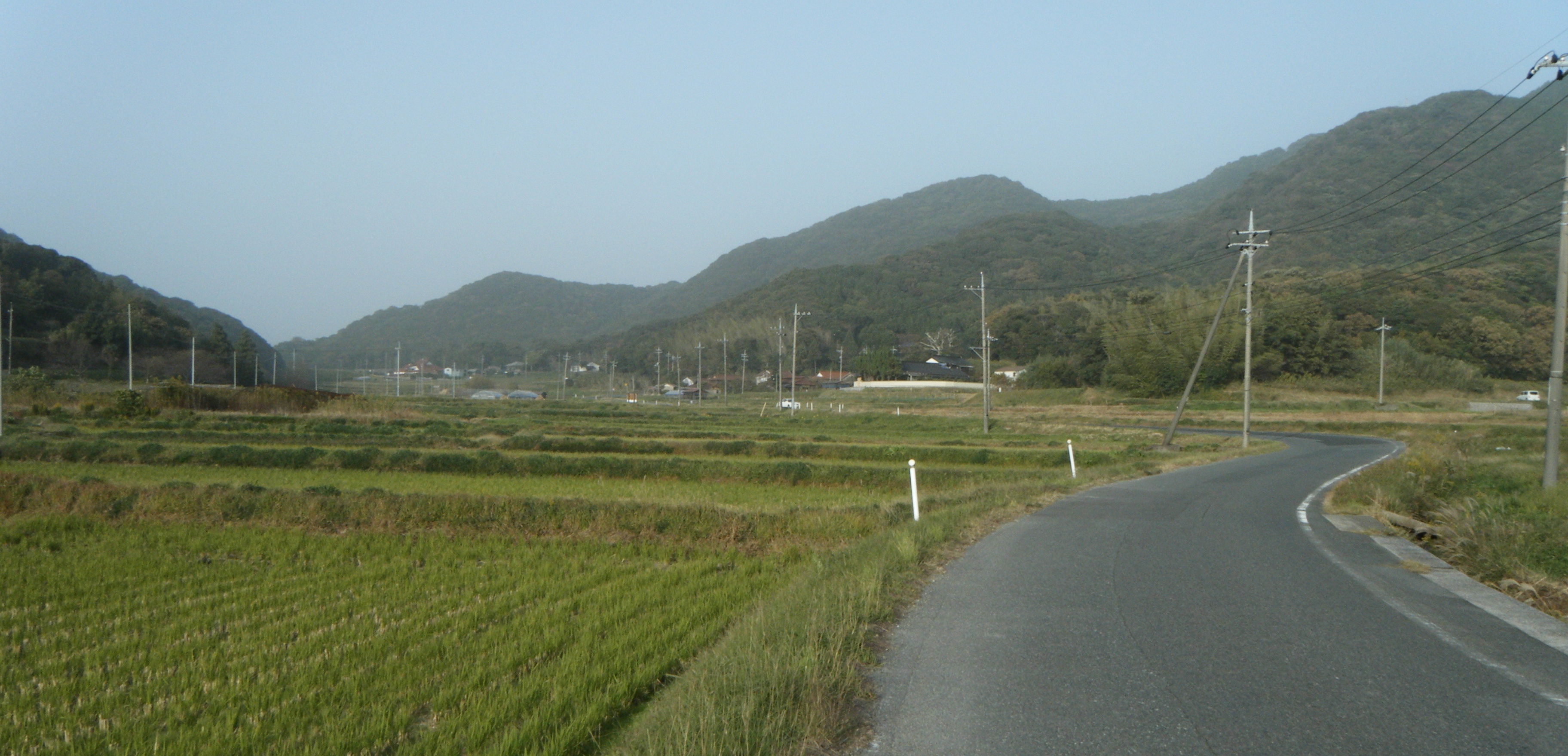CGEE Student Voice
Sustainability Abroad
by Jenni Abere
Iceland is a unique country that draws crowds of tourists because of its natural beauty. It's got waterfalls, glaciers, mountains, volcanoes, hot springs, geysers... These attractions brought my family to Iceland for a week, and while I was there, I noticed that Iceland is an interesting country from a sustainability standpoint.
 |
| Skógafoss, one of the most popular waterfalls in Iceland. |
As Icelanders are known to brag about, 85% of their energy is produced domestically from renewable sources. While driving in the southwest, we glimpsed some proof of this in the form of a large geothermal plant. The unique geology of Iceland meets a lot of their energy needs.
Just past this geothermal plant is the town of Hveragerði, the geothermal capital of Iceland ("hver" means "hot spring" in Icelandic). An hour hike into the hills beyond the town will bring you to a stream fed by hot springs — a perfect temperature for soaking! This was one of my favorite things we did in Iceland.
Hveragerði also claims two restaurants which use geothermal steam to cook their food. Geothermally-cooked rye bread is a traditional treat. Some of the food is locally produced as well. There are many greenhouses in this area that are heated with geothermal energy.
 |
| We enjoyed a lunch of soup and bread cooked at this geothermal restaurant in Hveragerði. |
 |
Tomatoes growing in a greenhouse at the geothermal park in Hveragerði.
The white pipes behind the plants carry hot water directly from the ground. This greenhouse is hot enough to grow bananas!
Electricity produced at geothermal plants provides light for the greenhouses, a necessity in a place as far north as Iceland. |
Traditionally, Icelandic cuisine features little produce. Much of the cuisine is based on meat, dairy, and seafood. Animal agriculture represents a huge use of land in Iceland. There are sheep nearly everywhere you look. There are also large numbers of horses and cows. Much of the farmable land is used to grow hay to feed the livestock during the winter. These animals are hardy enough to stay outside during the long winter, when they eat from large hay bales instead of grazing.
One surprising fact about Iceland is that there is very little wildlife. Besides sea birds, you would rarely encounter a wild animal on land. In fact, the only native land mammal at the time of human settlement is the Arctic fox. Since then, small mammals like mink and rabbits have populated the island. There are also herds of reindeer, although they are not originally native. Many of the plants are not native either.
This is one unique aspect of sustainability in Iceland. There are very few wild animals for livestock to compete with. This means that animal agriculture in Iceland has a smaller footprint than in many other places around the world.
 |
We encountered this sheep while on a hike.
Judging from the number of sheep we saw outside of fences, there may be a sizable feral sheep population in Iceland. |
Of course, fishing is very prominent in Iceland. Common menu items include trout, salmon, herring, lobster, mussels, shrimp... Less common menu items include shark, whale, and puffin. Whaling is taboo in America, but Icelanders maintain that the whales they hunt are not endangered.
The water in Iceland also provides energy in the form of hydroelectricity. When we drove inland to see the Hekla volcano, we passed a large hydroelectric dam on a river. Iceland has a steady supply of rushing rivers in thanks to the many glaciers.
One of the larger rivers is home to the famous Gullfoss waterfall. In the early 20th century, some Icelanders wanted to dam the river to produce energy. Sigríður Tómasdóttir, known as Iceland's first environmentalist, protested the project in order to protect the natural beauty of the falls.
 |
| Gullfoss is one of Iceland's biggest tourist attractions, and part of the "golden circle." |
Although the story of Sigríður is more myth than fact, it presents an enduring conflict: Do we produce renewable energy or preserve natural beauty? Dam projects are often halted for concerns about wildlife in the river, but many of Iceland's frigid glacial rivers are fish-free.
Iceland has several large glaciers, noted by the Icelandic word jökull. On our trip, we saw Eyjafjallajökull (the notorious glacier-topped volcano), Snæfellsjökull, and Myrdalsjökull. We got the closest to a tongue of Myrdalsjökull called Sólheimajökull. This long outlet is a canary in the coal mine for climate change, and has shrunk rapidly over the last several years.
 |
Sólheimajökull is one of the most easily accessible glaciers in Iceland, and therefore a popular site for guided glacier walks.
For a quick and free visit, you can park and follow a path to get a good view of the glacier. |
The natural landscape in Iceland has been conserved thanks to several factors including: the climate and geology that makes much of the land useless for industry or agriculture; the small population of only 300,000; and the efforts of the government to establish parks and reserves.
Tourism provides another incentive to preserve Iceland's wilderness, its biggest attraction. But it also provides a conflict, since tourists can triple the population of the small country in the busy summer months. This is a huge burden on Iceland's resources, requiring more energy, food, and living spaces. Not to mention, all tourists have to take an airplane to the remote island, and then many drive or take buses once they're there, producing greenhouse gases.
Iceland is currently one of the most sustainable nations. Hopefully as tourism continues to boom, this won't change.


 CGEE Student Voice
CGEE Student Voice